Trucks To Soon Get Bharat NCAP-Style Crash Test Ratings: Minister Gadkari
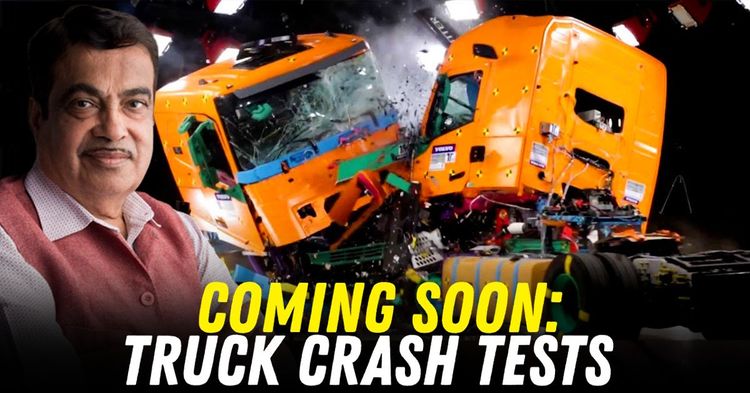

India’s highways are the arteries of its economy, with trucks moving everything from vegetables to construction steel across the length and breadth of the country. But while these heavy commercial vehicles are crucial for trade, they’ve also been part of a dangerous reality—poor safety oversight. That may finally be changing. The government is now gearing up to introduce a safety rating system for trucks, modelled on the Bharat NCAP (New Car Assessment Programme) that already exists for passenger vehicles.
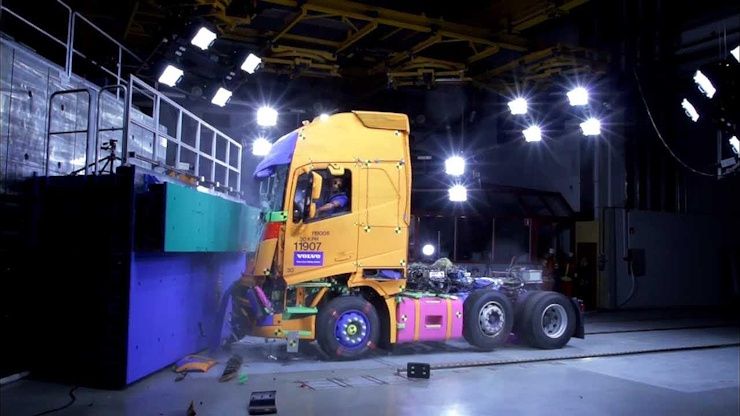
Union Minister Nitin Gadkari recently confirmed that the government will soon roll out a formal safety assessment programme for trucks. Like the car-focused Bharat NCAP, the system will use star ratings to evaluate trucks on multiple safety parameters. This isn’t just a bureaucratic update—it could be a transformative moment for road safety in a country that sees close to 1.8 lakh road deaths annually.
Heavy commercial vehicles, due to their size, weight, and constant road presence, are frequently involved in fatal accidents. With star ratings, the aim is two-fold: compel manufacturers to prioritise safety during truck design and give buyers—especially fleet operators—clear data to make more informed decisions. The bigger goal, though, is to make Indian roads safer for all users.
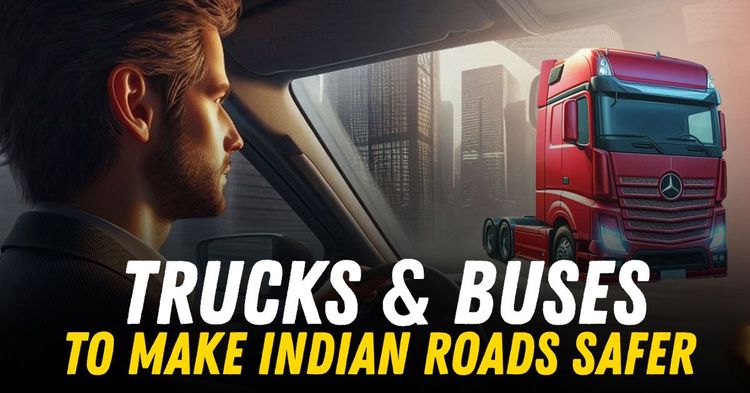
Although the final criteria are still being worked out, the truck rating system is expected to borrow heavily from the Bharat NCAP framework. Trucks could be evaluated for structural strength during impact, braking efficiency, cabin safety, driver visibility, and the inclusion of basic and advanced safety features. These might include seat belts, airbags (for relevant categories), and technologies like automatic emergency braking and lane-keeping assist.
Importantly, this initiative is not just about crashworthiness—it’s about modernising India’s trucking fleet. The government has already mandated air-conditioned cabins in new trucks, which not only improve driver comfort but also help reduce fatigue on long hauls. There’s growing momentum to make ADAS (Advanced Driver Assistance Systems) a standard part of commercial vehicles as well.
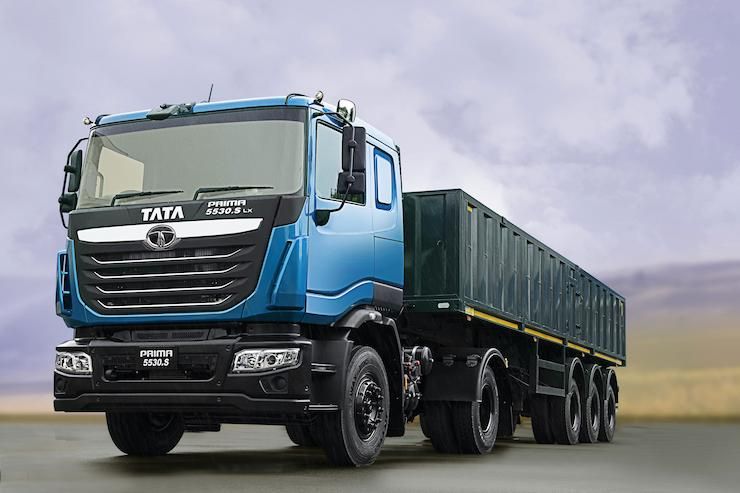
For transport company owners and logistics operators, truck purchases are typically driven by payload, fuel efficiency, and price. Safety hasn’t always been a top priority—largely because there’s been little to compare. That changes with safety ratings. A five-star truck may not just reduce the chances of accidents but could also offer tangible business benefits: lower insurance premiums, better resale value, and reduced downtime due to fewer breakdowns or incidents.
For truck drivers—many of whom spend up to 14 hours a day on the road—these improvements could be life-changing. Safer cabins, fewer fatigue-related crashes, and better ergonomics mean a healthier, more humane work environment. And for everyday motorists who share highways with massive trucks, a safer commercial fleet could mean fewer terrifying encounters and tragic collisions.
Safety ratings are part of a larger reform blueprint. The government is keen to bring down India’s logistics costs, which are currently among the highest in the world, hovering around 14–16% of GDP. Safer trucks mean fewer accidents, faster deliveries, and less disruption due to vehicle damage or cargo loss. By 2030, the goal is to reduce logistics costs to 9% of GDP—bringing India closer to global standards and improving trade competitiveness.
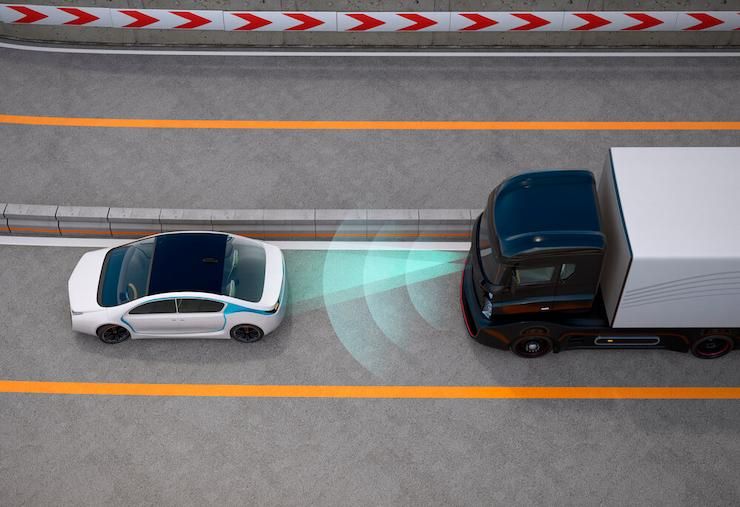
Truck safety ratings are just one piece of the puzzle. The government is also planning to regulate driver working hours to reduce fatigue-induced mishaps. A new law is in the works to cap driving shifts and ensure adequate rest periods. In parallel, 32 new advanced driving institutes are being set up across the country to train professional drivers in safety-first techniques.
The idea is to build a future where not only the trucks are safer, but the people behind the wheel are also better prepared. In doing so, authorities hope to create a virtuous cycle: better vehicles, better drivers, and ultimately, fewer accidents.
The move has been generally welcomed by automotive experts and sections of the transport community. Many see this as long overdue. The lack of safety benchmarks in the truck segment has allowed outdated and under-equipped vehicles to flood the roads. With ratings, manufacturers will be forced to innovate, and buyers will have access to credible comparisons. That said, concerns linger about how quickly the system can be implemented and whether older trucks will be retrofitted, scrapped, or allowed to continue operating unchecked.
Bringing Bharat NCAP-style safety ratings to trucks could be one of the most important road safety reforms in India in recent memory. It will not only influence what trucks get built, but also how the industry thinks about driver well-being, vehicle design, and public accountability. For anyone who travels on India’s roads—whether behind the wheel, on a bike, or in a bus—the hope is that this marks the beginning of a safer, more responsible era in Indian transport.